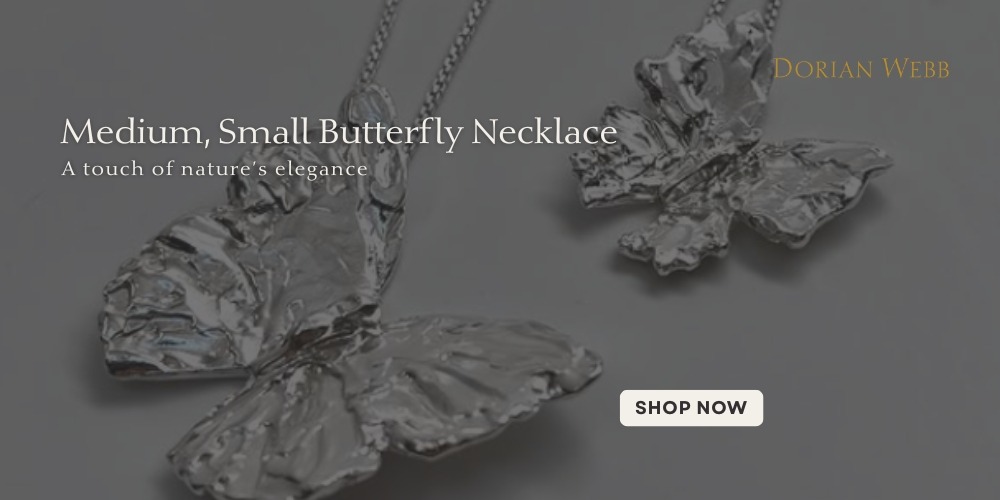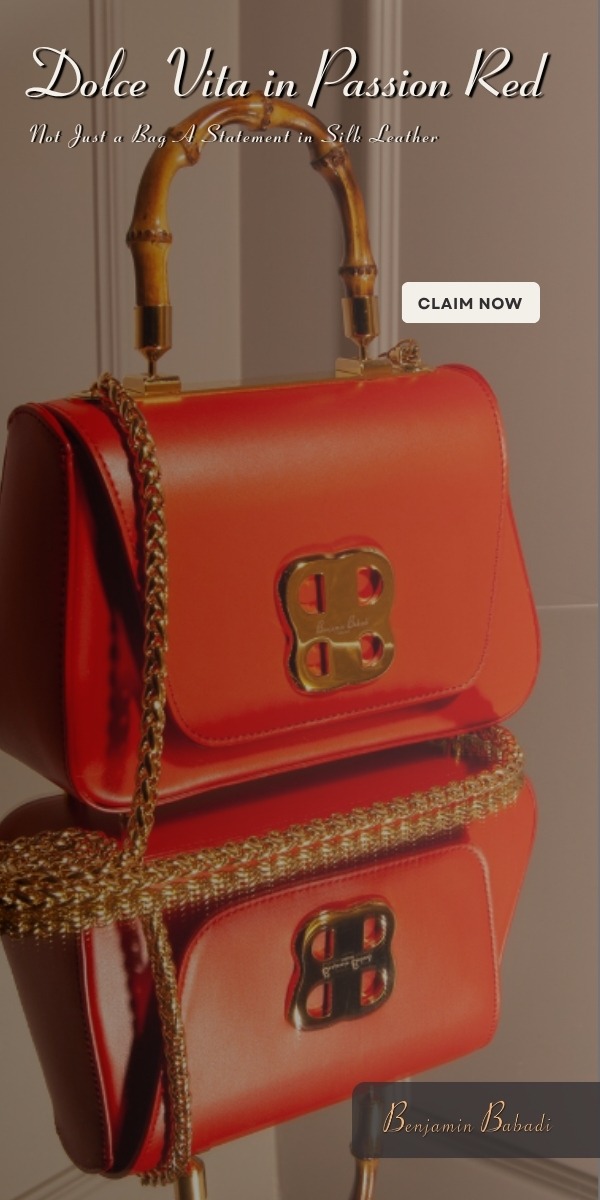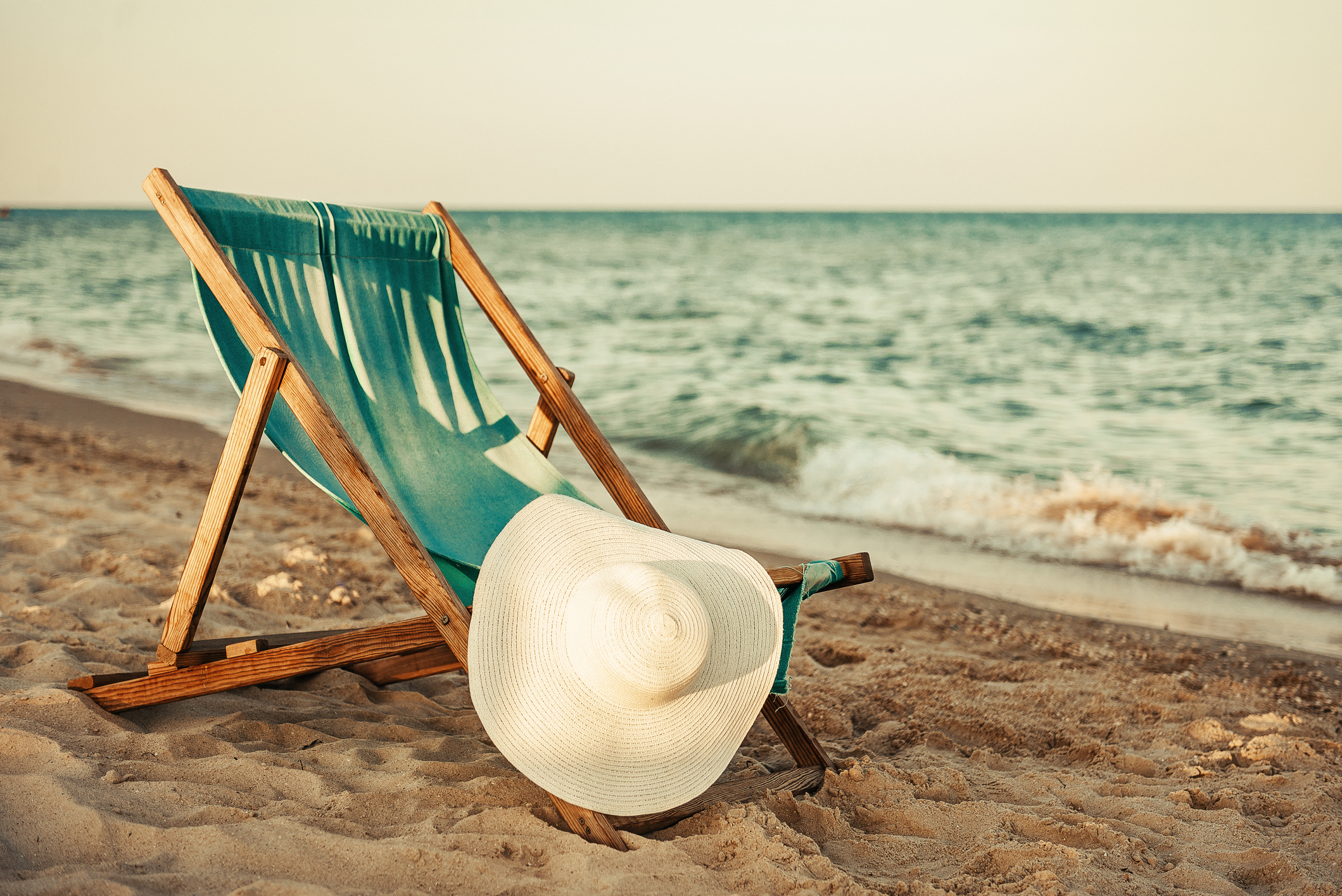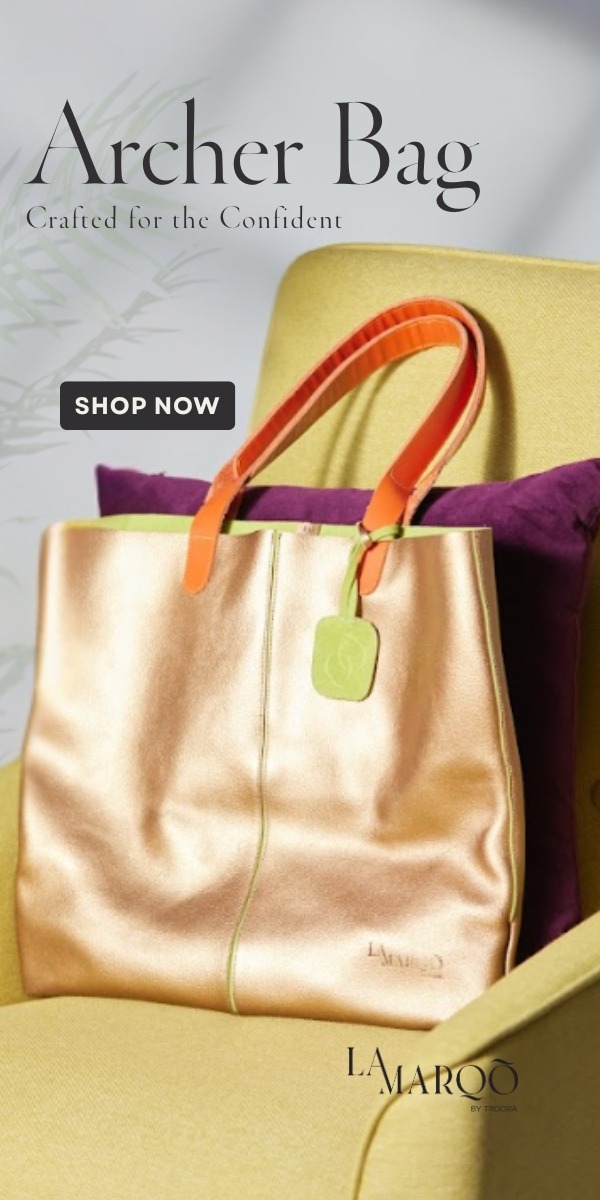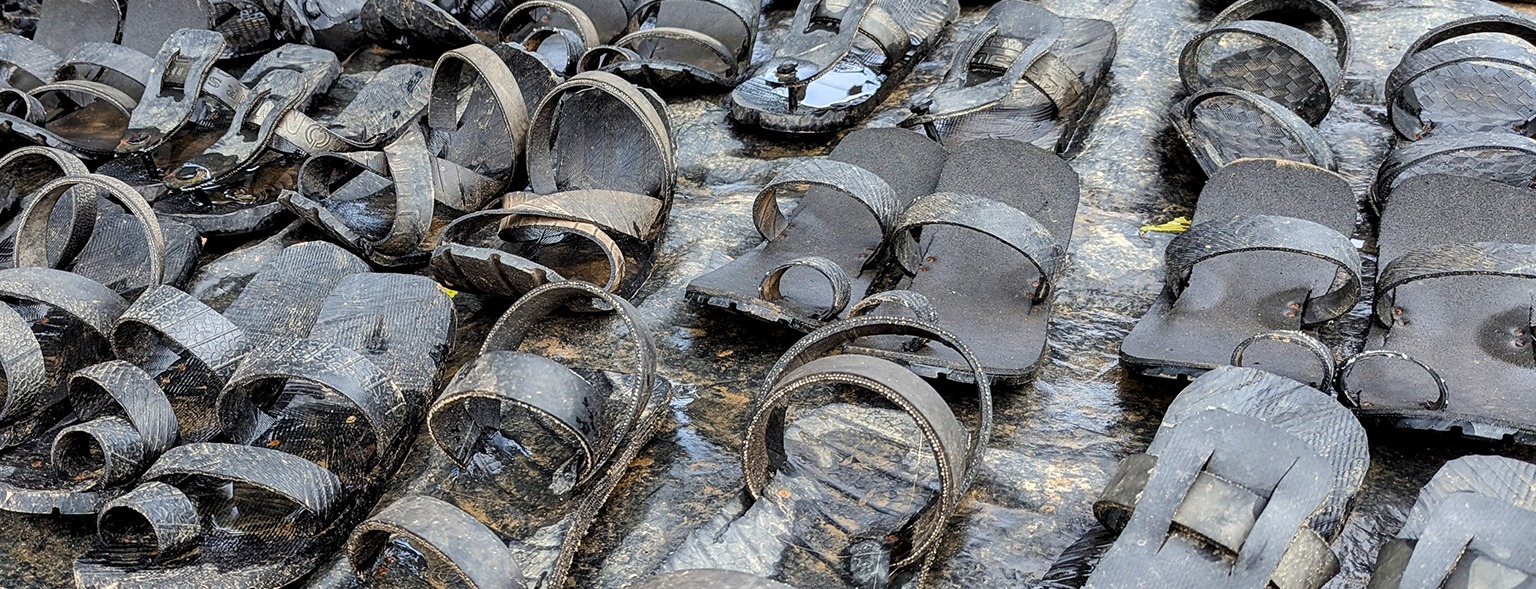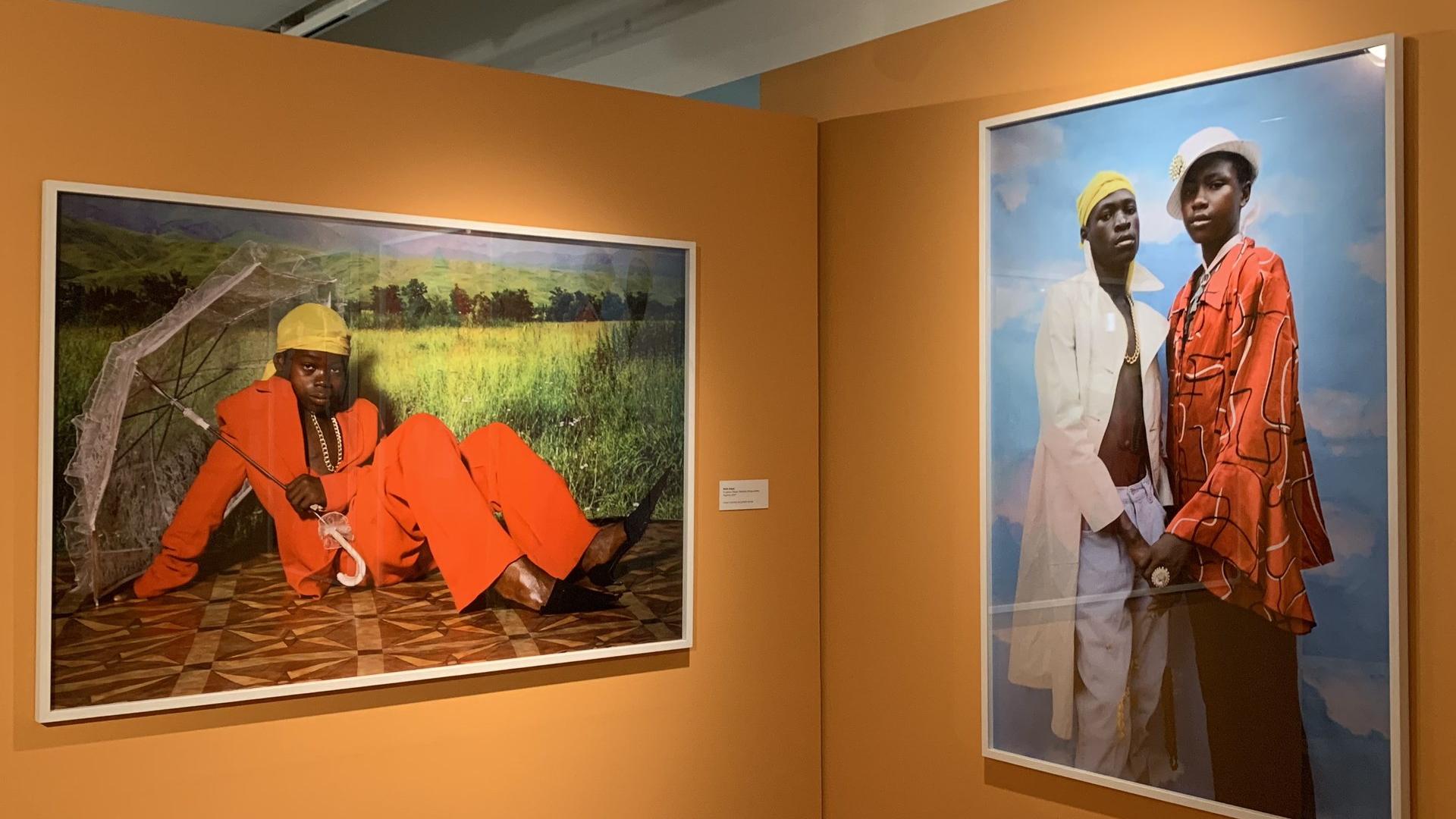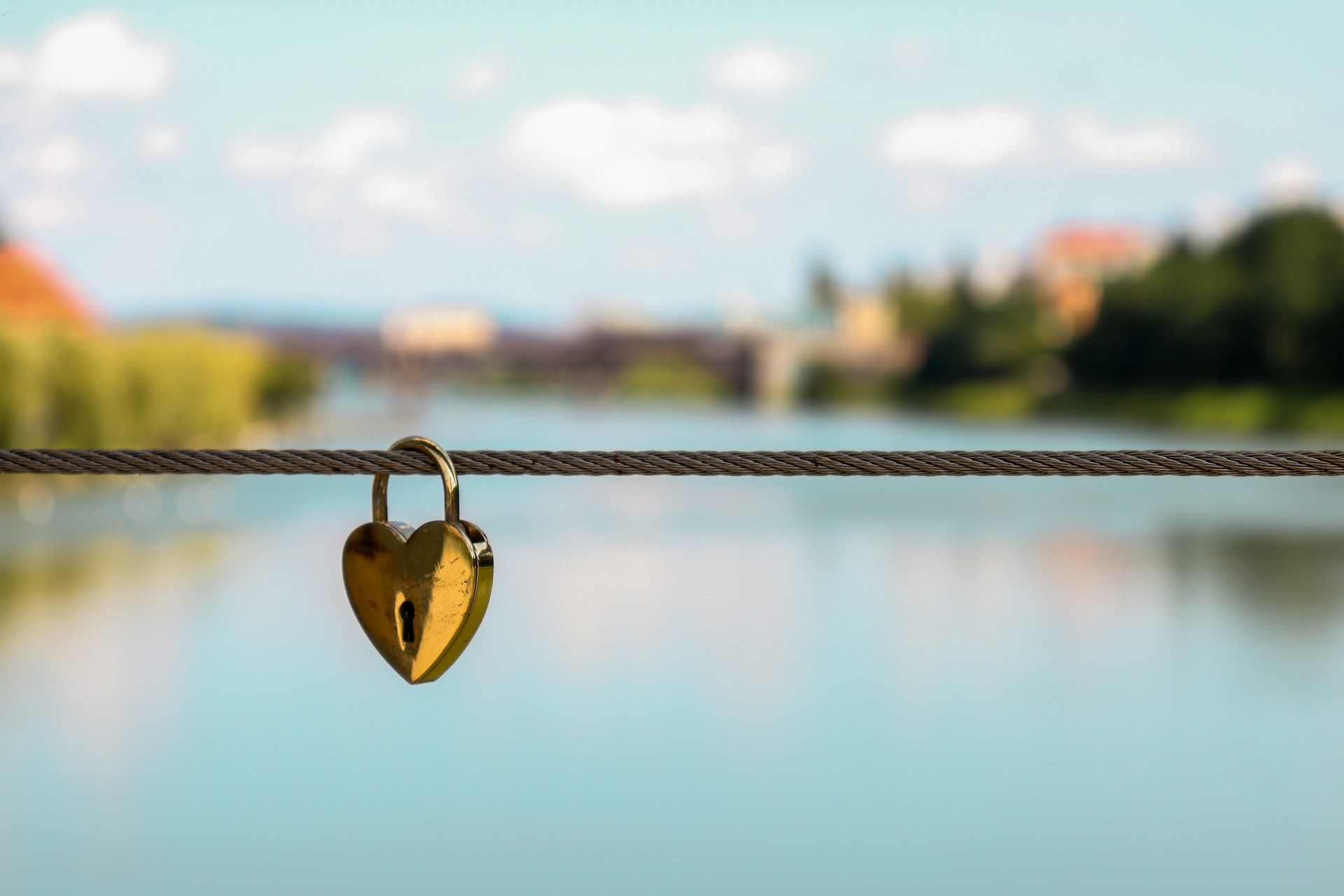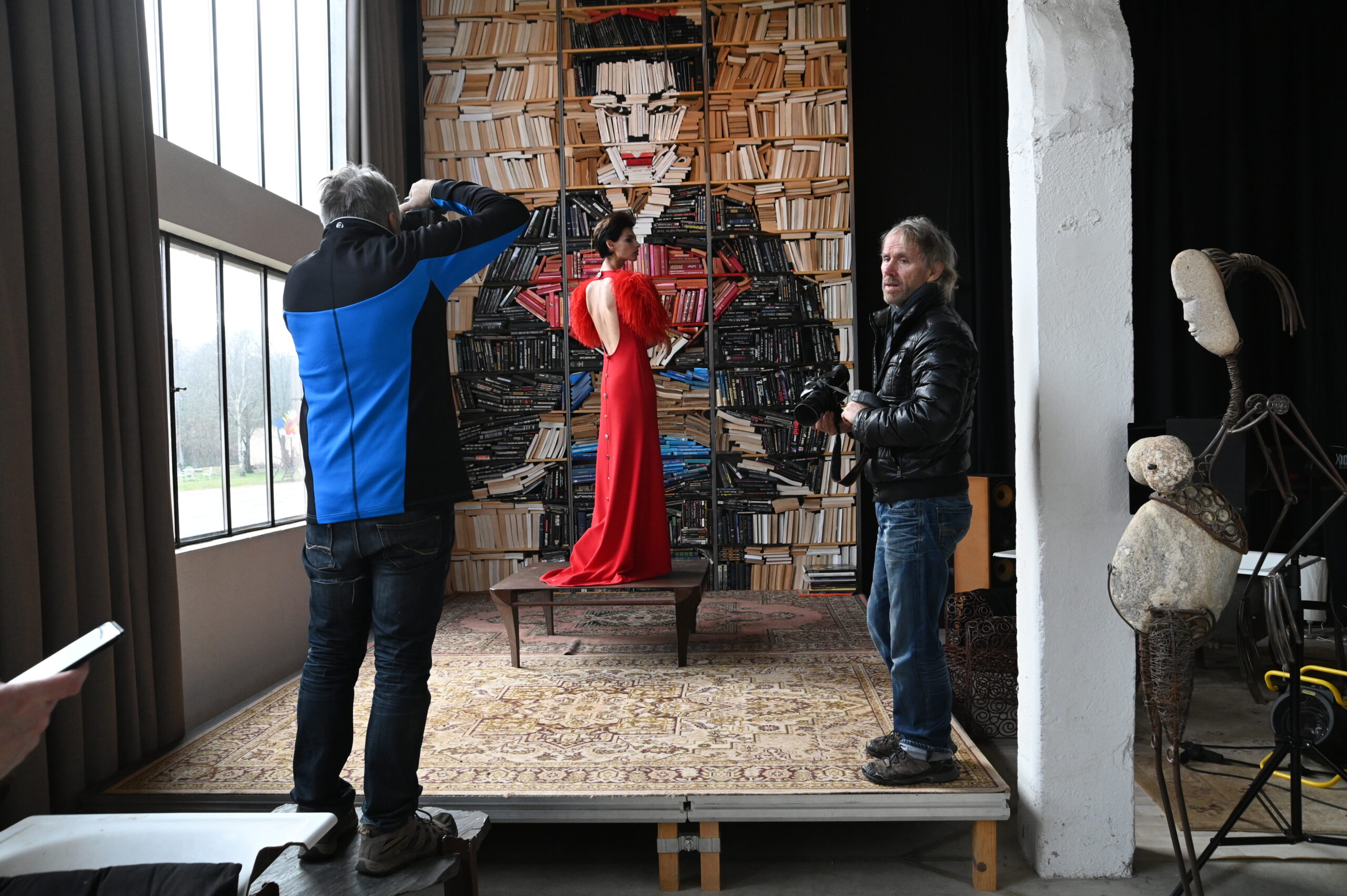Before the read
These upcycled shoes crafted from old motorbike tires symbolize endurance, ingenuity, and the spirit of Maasai resilience.
Once designed for life on harsh savannahs, these tire sandals now stride global runways through sustainable fashion movements.
They merge eco-conscious design with cultural heritage, proving that sustainability and tradition can walk the same path.
The Ten Thousand Milers: How Maasai Tire Sandals Became an Icon of East African Resilience
On the sun-baked plains of southern Kenya and northern Tanzania, where acacia trees scatter their shadows and sharp thorns and burrs pepper the dry earth, the Maasai walk.
They walk with their cattle to find fresh grazing land, they walk to markets miles away from home, and they walk to ceremonies marking life’s milestones, births, deaths, and celebrations of years gone by. These long distances are supported by unique footwear that’s both unassuming and iconic: upcycled shoes cut from old motorbike tires.
In the Maa language, they are known as “Intukutukuni,” a nod to the sounds made by motorbikes. One worn-out tire yields several pairs, which can last for years, even across a harsh landscape.
The soles retain the rocker-like curve of the tire tread, while thin strips of rubber form the straps, which are fixed with nails or thread. Their silhouette is symmetrical front and back. Some say this choice originated with cattle thieves, hoping to confuse pursuers about which way they were traveling.

Masai Sandals, from Battlefield to Cultural Icon
Today, motorbikes are the backbone of transportation in East Africa. Cheaper than cars and better suited to navigating the sand, mud, and deep ruts of unpaved roads across Maasailand, they dominate the region’s rural transport network. While motorcycles themselves are a relatively recent addition, sandals fashioned from their discarded tires have been a staple for nearly a century.
One of the first recorded uses dates back to 1935, when Ethiopian fighters known as the Arbegnoch, meaning “patriots,” wore them during their guerrilla campaign against Italian occupation. At the time, Benito Mussolini wanted to restore Italian pride by establishing a “New Roman Empire.”
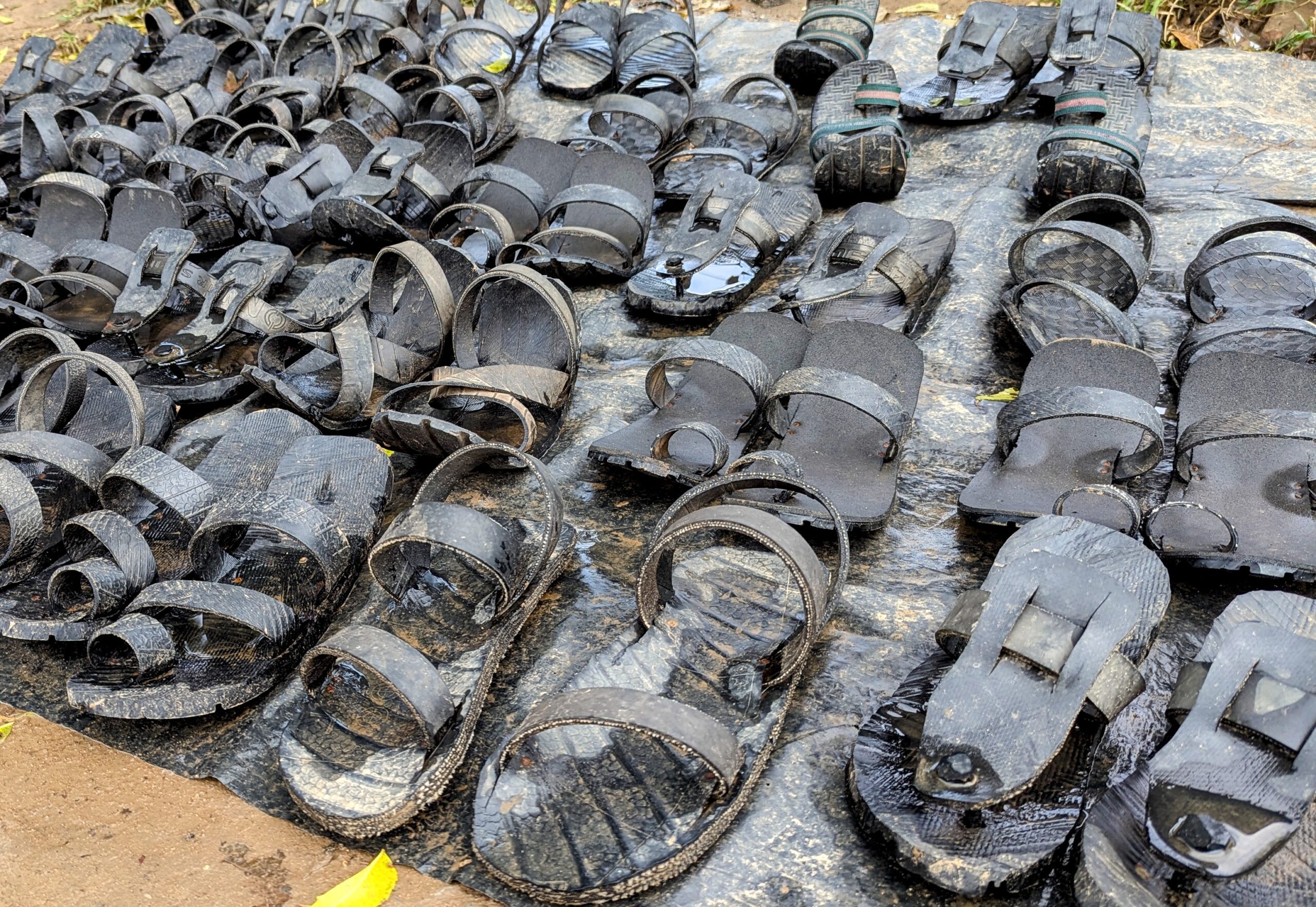
His forces invaded Ethiopia from both the north and south, but Ethiopian fighters, led by Emperor Haile Selassie, used their knowledge of the rugged terrain and ambush tactics to challenge an enemy armed with far superior technology.
Tire sandals then spread through East Africa, becoming standard footwear for rural populations.
They have become particularly emblematic of the Maasai pastoralists who roam the arid plains of Kenya and Tanzania. Known for their semi-nomadic way of life, Maasai men are instantly recognizable in their bright red shukas—rectangular cloths draped over one shoulder and cinched at the waist with a belt. From that belt hangs a stout stick for fending off predators, while on their feet, the now-iconic tire sandals carry them across the thorn-strewn savannah.
Rite of Passage, and Survival Tool
These sandals have become such an important part of Maasai culture that for young boys, claiming their first pair of tire sandals is a rite of passage. Boys herd livestock across miles of savannah from an early age, and warriors travel even farther to ceremonies marking age-group transitions, so the sturdy footwear has become a symbol of a way of life on the move. They are nicknamed “ten thousand milers.”
Maasai people who have moved away from their ancestral lands and live in the cities, wearing Western-style shoes in their daily lives, slip their sandals back on when they come home.
At markets across Maasailand, you can buy pairs of sandals for the equivalent of $3. Shoemakers can craft several pairs from a single discarded tire, purchased for about forty cents, making it a viable business.
While many Maasai buy ready-made pairs, the most prized sandals are custom fitted: the sole is traced carefully around the wearer’s foot, and the straps are tailored for comfort. A well-made pair fits so perfectly that you can run in them.
Maasai Sandals Walking the World
Tourism, now a major economic driver in Maasailand, has helped popularize these sandals far beyond their utilitarian roots. Visitors often bring home decorated versions, crafted by local women who replace the traditional rubber straps with leather uppers intricately adorned in Maasai beadwork.
This beadwork is both an art form and a coded language. Colors carry deep meaning: red represents bravery and unity; blue symbolizes the sky and rain; white is tied to health and purity, linked to cow’s milk, a dietary staple. Orange reflects warmth and friendship, while black signifies wisdom and the struggles of the Maasai people. Beadwork also communicates social status, wealth, and marital eligibility, making each pair of sandals a story written in a secret language.
International interest in upcycled fashion has also brought the design to global markets. Ethiopian entrepreneur Bethlehem Tilahun Alemu founded soleRebels, a Fair Trade–certified shoe company that exports tire-soled shoes inspired by traditional models. They aren’t sandals, but sneakers with fabric uppers.
Nonetheless, they nod to a tradition of ingenuity and thrift, born in East Africa and ready to take on the world.
More by this author
The Wrap
- Maasai tire sandals began as practical footwear, crafted from discarded motorbike tires to withstand rugged terrain.
- Their durable, upcycled soles made them essential for Maasai herders and warriors traveling long distances.
- The sandals evolved into cultural symbols representing mobility, identity, and resilience across East Africa.
- Modern artisans now blend tradition with artistry, adorning Maasai sandals with colorful beadwork rich in meaning.
- The upcycled shoe movement has taken global shape, inspiring sustainable brands like soleRebels.
- Each pair tells a story of adaptation—where resourcefulness turns waste into wearable legacy.
- From local markets to international fashion scenes, Maasai sandals continue to walk the world with purpose.




